Wales' new national park: Plan to create country's fourth
- Published
- comments
Plans for a fourth national park for Wales have had a mixed response from some local people.
Wales already has three national parks, but plans for another one are being considered.
This would be the first time a new national park has been created since 1957.
There is already Eryri (Snowdonia), the Pembrokeshire Coast and Bannau Brycheiniog (Brecon Beacons), and the fourth is planned for the north-east of the country.
So what is the process, and what could it mean for the area?
A pledge to create a new national park in the north-east was part of Welsh Labour's manifesto at the last Senedd election in 2021.
After Labour won it kickstarted an official process to look into the practicalities and consult with people, which is being run by Natural Resources Wales (NRW).
It is costing £700,000 a year between 2022-25, which the Welsh government is funding.
Ultimately, it will be down to Rural Affairs Minister Lesley Griffiths to make a decision on whether to give the new park a green light.
The Welsh government aim is for this to happen before the next election in 2026.
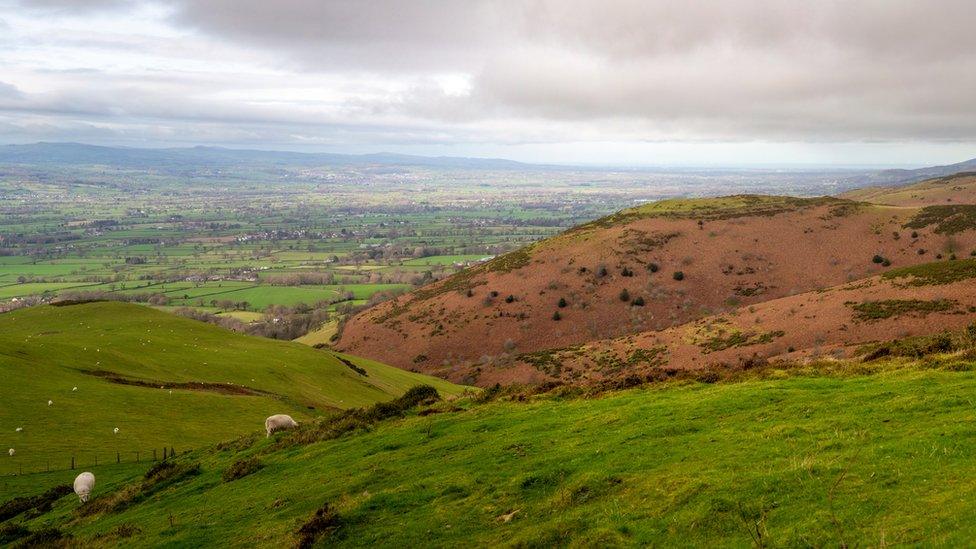
In 2010, there were calls to make the Clwydian mountain range a national park
Which areas are they looking at?
The initial idea was to base the new park around the existing Clwydian Range and Dee Valley Area of Outstanding Natural Beauty (AONB).
The Clwydian Range is described on the area's website as "a remarkable chain of heather-clad peaks crowned with Iron Age hillforts", including hiking hotspot Moel Famau.
While the Dee Valley is "etched with reminders of a medieval landscape" including picturesque castles, as well as the giant aqueduct and canal at Pontcysyllte, a world heritage site.
NRW's draft map, or area of search, for the new park takes in all of this, but also extends much further down into north Powys and includes landmarks including the Lake Vyrnwy reservoir.
It also reaches across to Gwynedd, and the border with Eryri national park.
What's the difference between an AONB and a national park?
The idea behind an AONB is to "conserve and enhance" the region's natural beauty, and delivering on that is down to local authorities.
Beefing up the area's status to a full-blown national park would mean also having to conserve and enhance the wildlife and cultural heritage, as well as offering plenty of opportunities for the public to take in and enjoy the area's "special qualities".
A new national park authority would be set up to take charge of all that.
One thing that is to be decided is whether they would take control over all planning applications in the park, or whether local authorities might still be involved in that.
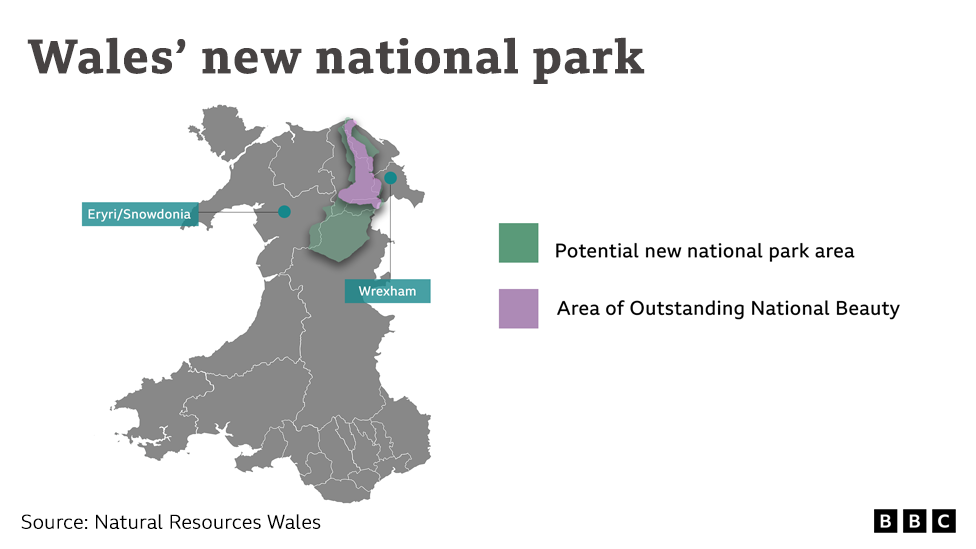
Wales' new national park is planned to be in the north east
How do you define natural beauty?
NRW's assessments will have to demonstrate that the area is picturesque enough to be "significant in a national context", explained Keith Davies, the organisation's principal adviser on designated landscapes.
"This is a wide-ranging concept, and we're not simply looking at the visual aspect," he added.
The area's scenic quality, wildness and tranquillity will be considered alongside its historic and cultural associations.
How much will it cost?
The current three national parks get about 75% of their funding directly from the Welsh government, in the form of the National Park Grant (NPG).
It varies from park to park, with each getting between £3m-£4m a year.
Further funding of over £1m a year comes via a levy on councils in the areas covered by the parks, but the Welsh government also tops up their budgets to account for this.
National parks can also generate income by, for example, charging for car parking or planning application fees.
With public finances under pressure, some organisations have fears creating a new park might divert funding from the other three.
RSPB Cymru said: "It can't be a case of cutting the cake into more small slices."
The Welsh government said: "The budget for the proposed national park would depend on a number of factors, including some of the evidence gathering which is under way".

Eryri, or Snowdonia, is the largest of the three existing Welsh national parks
What will it mean if I live there?
Supporters see it as a huge opportunity to boost the local economy.
The UK's national parks attract an estimated 90 million visitors a year in total, spending more than £4bn.
However, others worry about the pressure that could be put on local services and house prices.
A report by building society Nationwide last year suggested being in a national park added a 25% premium to property prices.
Mr Davies said NRW would have to "clearly demonstrate in our decision-making process that we have fully considered the impacts both positive and potentially negative on the area", as well as identifying measures to mitigate any issues.
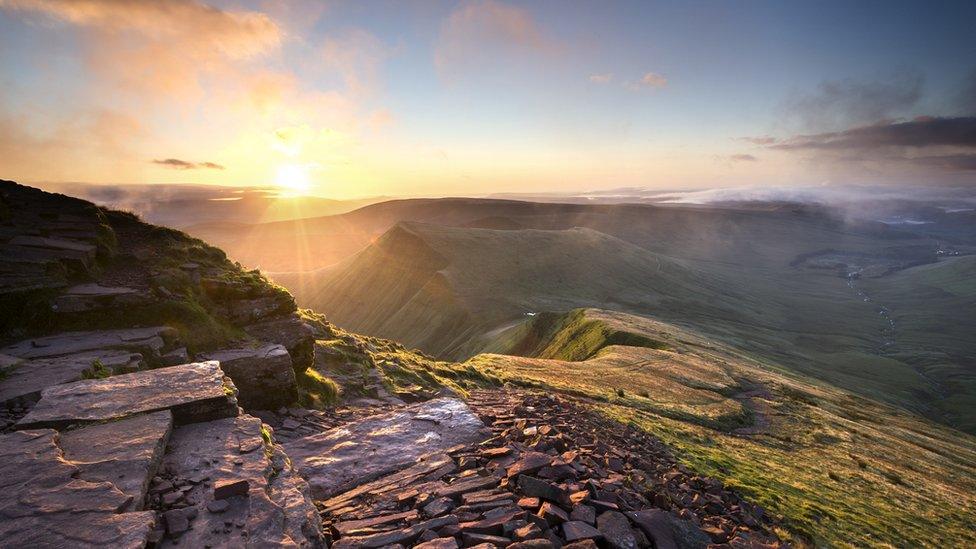
Bannau Brycheiniog, or the Brecon Beacons National Park, covers 520 square miles on the border of mid and south Wales
Will it help the environment?
The whole point of national parks is to protect natural beauty and wildlife.
Annie Smith, head of nature policy at RSPB Cymru, said recent landmark reports has shown "nature is in decline everywhere", including across Wales' protected landscapes.
That is what spurred a major recent overhaul of how Bannau Brycheiniog national park is managed.
The park has seen a 30% decline in farmland birds since the 1970s, while major rivers were also failing pollution targets.
Ms Smith said the "good news is that national parks cover a big area of Wales, and there's massive potential there to be at the forefront of restoring nature".
"What we want to see if that they have the powers and resources to bring partners together and work with landowners to really deliver change," she added.
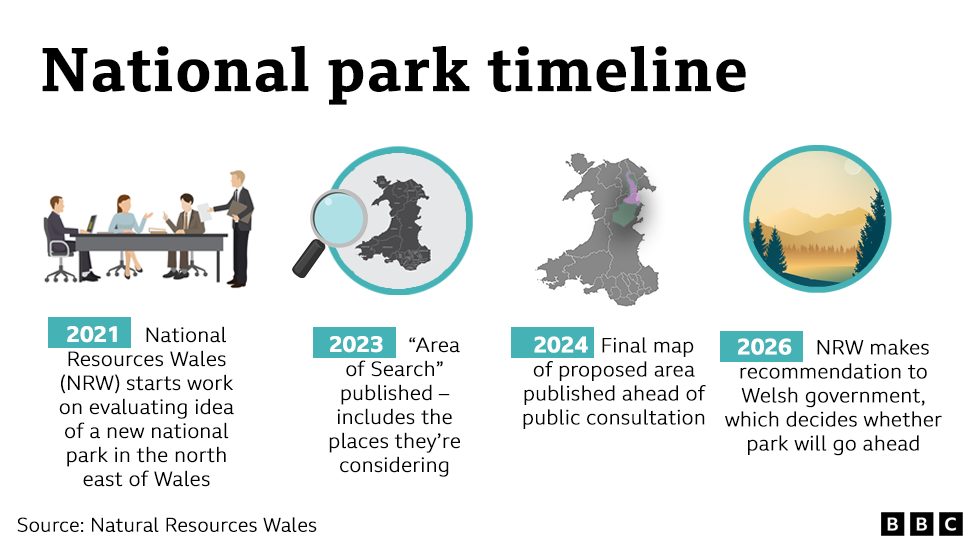
What next?
Two formal consultations are promised for autumn 2024 and 2025, as the proposed park's boundaries are refined.
A Welsh government spokeswoman said national parks brought "many advantages, protecting our finest landscapes, and supporting the environment and communities, with work on plans for a new one progressing well with Natural Resources Wales.
She added: "An extensive period of engagement and consultation to gain people's views is under way, which we would encourage people to get involved with."

ONE MAN AND HIS ISLAND: What's life like for Flat Holm Island’s newest warden?
YR WYDDFA: Life on Britain's busiest mountain

Related topics
- Published15 November 2023
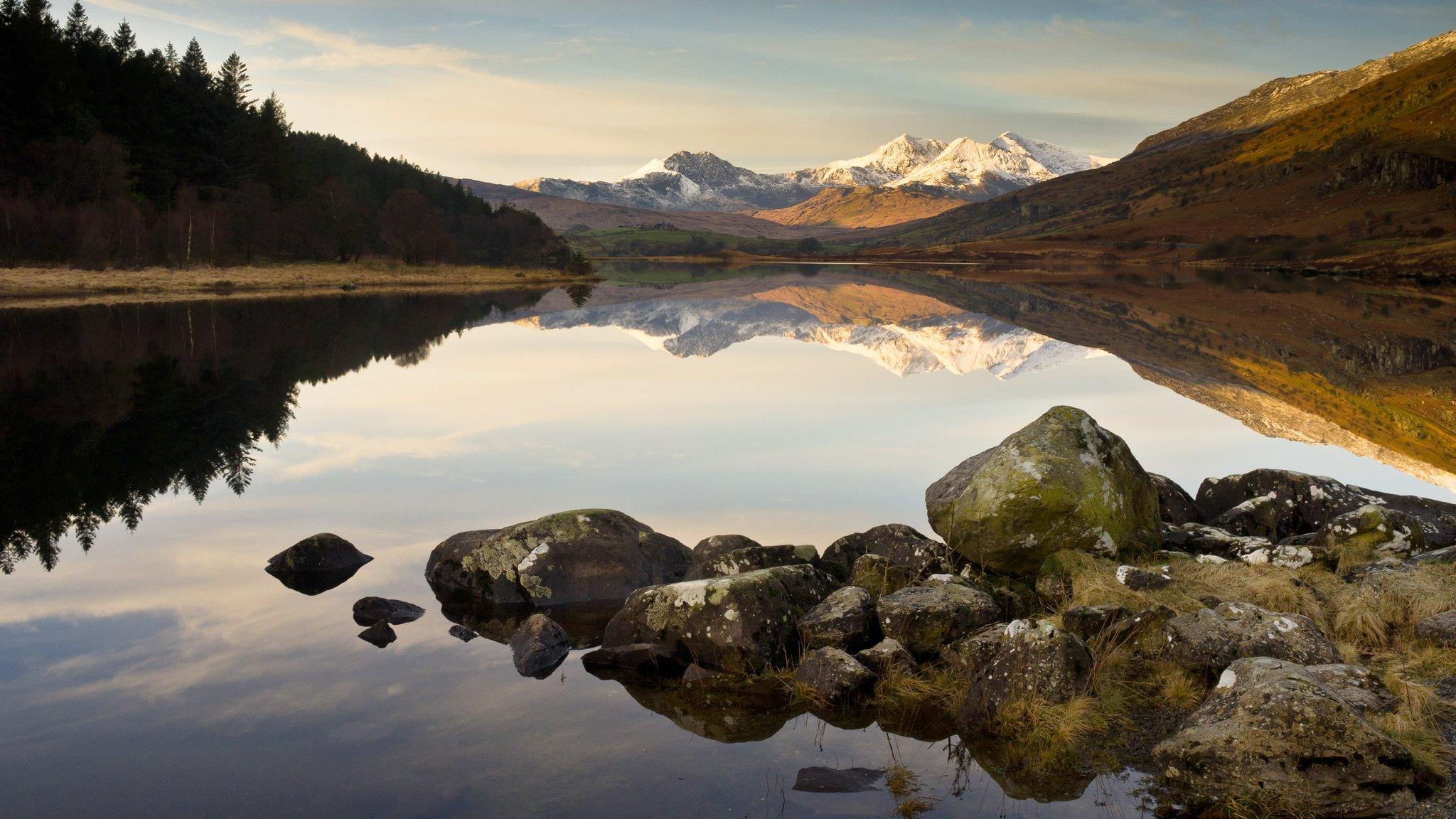
- Published17 April 2023

- Published16 November 2022
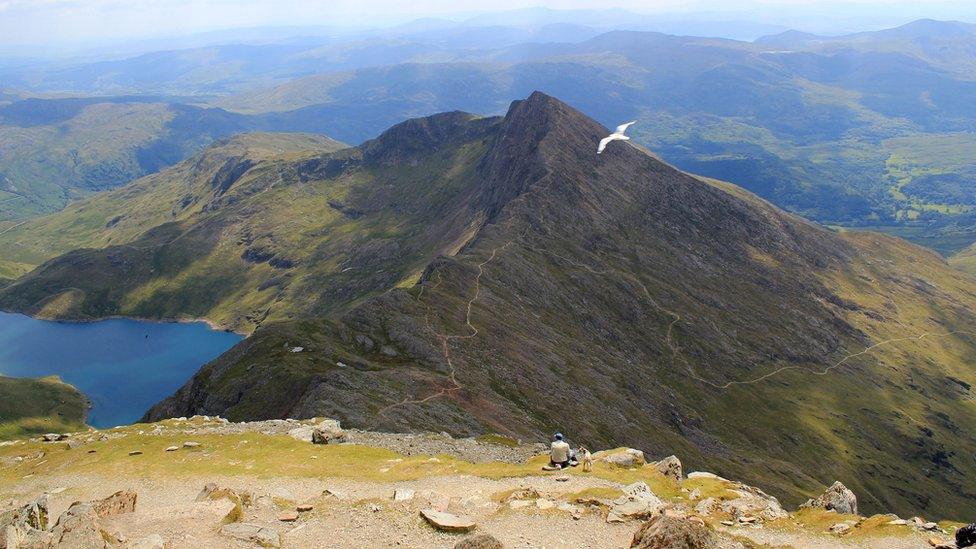
- Published1 September 2022
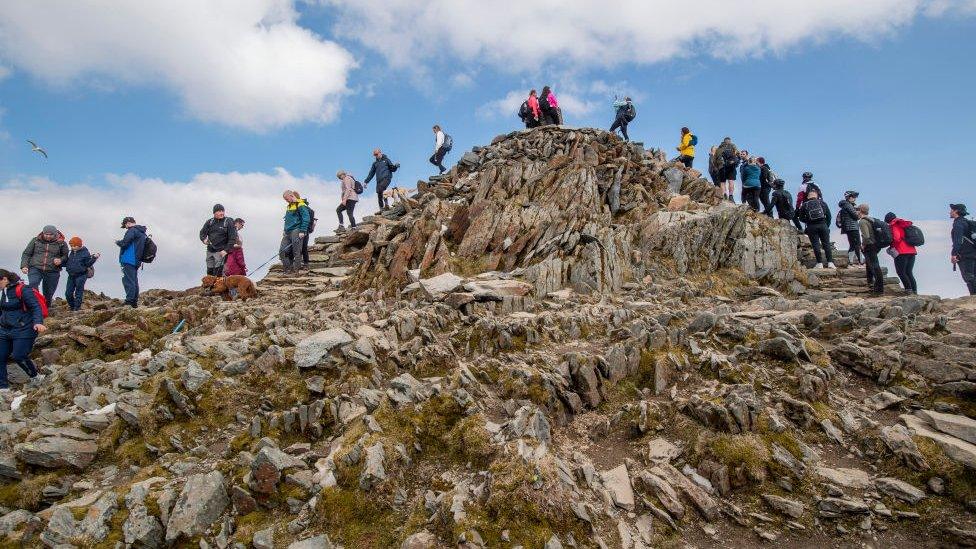
- Published28 July 2010